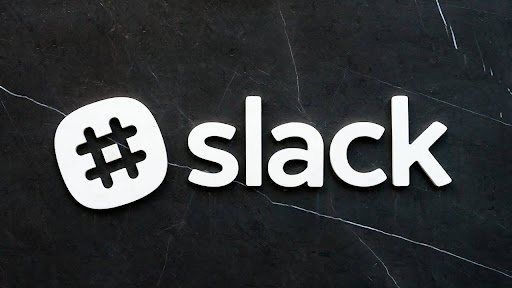The Rise of Slack‑Native Tools: How AI Is Reshaping Internal and External Support in 2025

In 2025, the nature of customer service is undergoing a profound transformation. At the heart of this change is the emergence of Slack-native platforms—in-channel support systems enhanced by AI that perfectly align with hybrid and remote work environments.
Why Slack Matters in Modern Support
Slack’s influence in enterprise workflows continues to grow. With 32 million daily active users projected to reach 47 million by 2025, Slack remains one of the most popular collaboration platforms, especially among tech-forward startups . Users report 15% faster resolution times and 43% quicker response rates when workflows move into Slack channels. This highly engaged environment sets the stage for seamless AI-supported interactions.
AI Adoption Is Accelerating in the Workplace
AI integration is no longer speculative—it’s already reshaping support workflows:
- 60% of desk workers now use AI, with daily usage up 233% compared to six months ago.
- Organizations report 17% higher customer satisfaction when using AI-powered systems IBM.
- Salesforce employs AI to resolve 85% of its customer service tasks, underscoring the shift toward intelligent automation.
- Microsoft reduced $500 million in costs via AI in their call centers.
These figures demonstrate that AI in support is driving faster resolution, lower costs, and higher satisfaction.
Slack-native platforms integrate deeply with Slack, enabling agents to manage support without leaving communication channels. Key features include:
- In-channel ticket creation and routing, streamlined via bots or slash commands
- AI triage and prioritization to filter requests automatically
- Conversation summaries and knowledge retrieval, powered by LLMs
- Seamless collaboration: tagging developers, designers, and stakeholders within Slack threads
This model reduces friction, increases transparency, and accelerates resolutions.
Notable Slack‑Native & AI-Powered Support Tools
Here are leading platforms reshaping support in Slack:
🔹 Thena
- Designed for conversational, real-time support inside Slack
- Offers AI-driven summaries, routing, and prioritized responses
- Matches team workflows without forcing platform switching
- For an in-depth comparison of support tools, check out this Zendesk alternatives guide.
🔹 Moveworks
- Focused on IT and internal service automation
- Resolves over 70% of IT tickets in Slack or MS Teams using NLU
🔹 Other Emerging Platforms
- Intercom: Adds in-app chat + AI bots for proactive support
- Freshdesk & Zendesk: Integrating Slack plugins and AI enhancements
- Custom AI agents: Companies like Comcast deploy AI assistants to help representatives in real time.
Proven Benefits of Slack‑Native & AI-Enhanced Support
- Faster resolution: Slack workflows + AI reduce time-to-resolution by up to 63%, according to studies on agentic AI pilots.
- Agent productivity boost: AI tools increase agent efficiency by 15%–64%, with top agents reporting significant gains.
- Real-time collaboration: Immediate context-sharing across teams leads to faster turnaround and less miscommunication.
- Scalability and cost-savings: As seen with Salesforce and Microsoft, AI can handle the majority of queries, enabling leaner headcounts and lower overhead.
Real-World Example
A B2B SaaS provider introduced a Slack-native AI assistant to handle internal and customer queries. Within six months, 50% of all support requests were resolved automatically, average response time dropped by 70%, and customer satisfaction improved by 20%. These outcomes closely mirror industry benchmarks .
Challenges & Best Practices
- Trust & Training: 76% of employees feel stressed disclosing AI use without clear guidelines.
- Governance: Maintain oversight to prevent bias, errors, or hallucinations in AI responses.
- Human + AI synergy: Automate routine queries, but maintain human handoffs for complex issues.
- Measuring ROI: Track metrics like deflection rate, resolution time, cost-per-ticket, and CSAT to validate value.
The Future: Workflows That Feel Effortless
Analysts predict that 95% of customer interactions could be handled by AI by 2025. This doesn’t mean eliminating humans—rather, it’s about centering support around smart assistants that enable faster, richer, and more personalized service.
Final Thoughts
The rise of Slack-native, AI-enhanced support platforms reflects the broader shift toward contextual, collaborative, and customer-centric service. As teams continue to embrace AI and in-channel workflows, they unlock significant gains in speed, quality, and cost efficiency.
For businesses ready to modernize, tools like Thena, Moveworks, and emerging AI-powered assistants offer a compelling alternative to legacy systems—bringing support directly into the flow of work.


